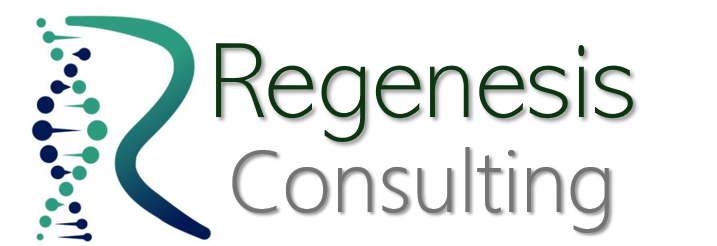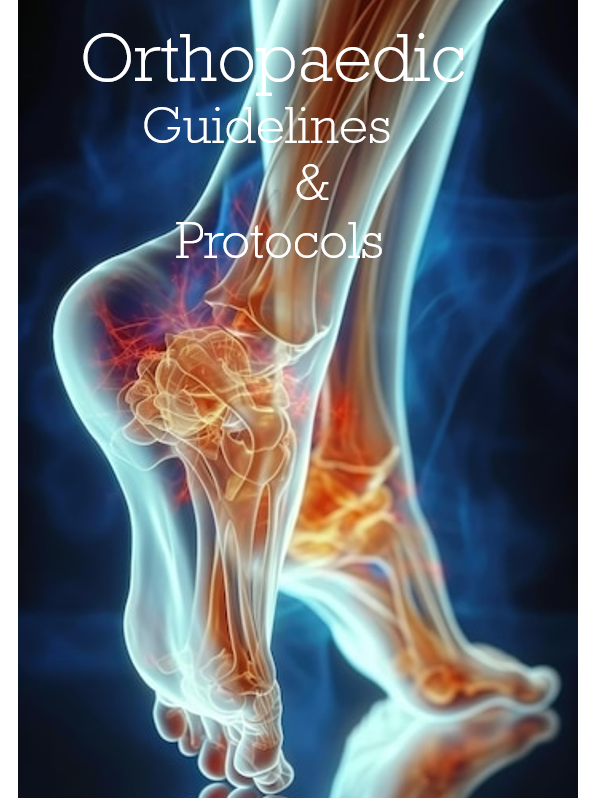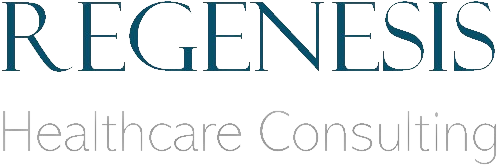
Patient pathways and patient resources are both important components of healthcare delivery, but they serve different purposes and focus on different aspects of patient care:
Patient Pathways:
- Definition: Patient pathways, also known as care pathways or clinical pathways, are structured, multidisciplinary plans of care that outline the anticipated course of treatment for patients with specific health conditions or undergoing particular procedures.
- Purpose: Patient pathways aim to standardize and optimize the delivery of care by defining the sequence of interventions, responsibilities of healthcare team members, timelines for assessments and treatments, and expected outcomes at each stage of the patient's journey.
- Key Features: Patient pathways often involve collaboration among various healthcare professionals, including physicians, nurses, therapists, and other specialists, to ensure coordinated and integrated care. They may include protocols for diagnosis, treatment, rehabilitation, and follow-up, as well as criteria for transitioning between different care settings (e.g., hospital to home).
- Example: A patient pathway for the management of acute myocardial infarction (heart attack) might specify the steps for rapid diagnosis in the emergency department, immediate initiation of medical therapies such as aspirin and nitroglycerin, timely intervention with cardiac catheterization and percutaneous coronary intervention (PCI), and post-discharge cardiac rehabilitation.
Patient Resources:
- Definition: Patient resources refer to educational materials, information, support services, and other resources provided to patients and their families to help them understand their health conditions, navigate the healthcare system, and actively participate in their care.
- Purpose: Patient resources aim to empower individuals to make informed decisions about their health, manage their conditions effectively, and engage in self-care activities to promote wellness and prevent complications.
- Key Features: Patient resources can take various forms, including printed brochures, online articles, videos, mobile applications, support groups, counseling services, and community outreach programs. They may cover topics such as disease prevention, treatment options, medication adherence, lifestyle modifications, and coping strategies.
- Example: Patient resources for diabetes management might include educational materials on healthy eating, exercise guidelines, blood glucose monitoring techniques, insulin administration instructions, tips for managing stress and emotional well-being, and information about local support groups or online forums for peer support.
In summary, patient pathways focus on the organization and coordination of clinical care processes, while patient resources are aimed at providing individuals with the knowledge, skills, and support they need to actively participate in their healthcare journey and achieve optimal health outcomes.





